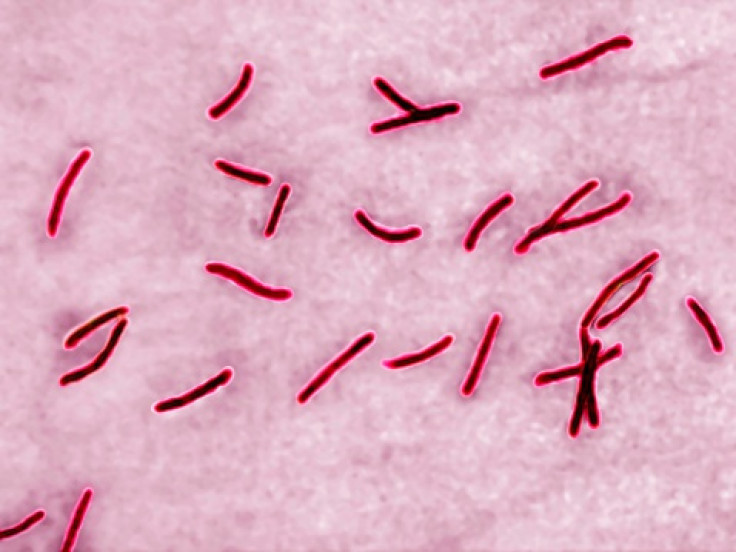Ancient Chinese medicine shows promise in the treatment of tuberculosis
Scientists have identified new compound that could reduce TB treatment duration.

Artemisinin, the ancient Chinese medicine that dramatically reduced the number of deaths from malaria around the world, may also help treat people suffering from tuberculosis. This approach could provide a solution to one of main problems associated with TB treatment – the length it takes to cure the disease completely.
TB is a major global health problem. Although it can be treated effectively with the appropriate antibiotic regimen, it killed 1.8 million people last year according to the World Health Organisation (WHO).
The immune response to the TB-causing bacteria is particularly effective. The immune system indeed builds up a structure around it known as the granuloma, which deprives it of oxygen. The problem is that this does not kill the bacteria but makes it become dormant.
However, if the immune system weakens, the bacteria can wake up and cause significant damage. Antibiotic drugs can be given to kill the bacteria, but because some of them remain dormant – and very tolerant to antibiotics – it can take up to six months to cure the disease.
"Six months is a long time to be taking antibiotics, so individuals may discontinue the treatment before all the bacteria have been cleared out, increasing the risk that resistance to these antibiotics will develop because the bacteria you haven't kill may mutate", lead author Rob Abramovitch, from Michigan State University, told IBTimes UK.
The aim of this new study, published in Nature Chemical Biology, was thus to find compounds that block dormancy to make the TB bacteria quickly sensitive to antibiotics – thus shortening treatment time.
The scientists engineered a TB strain so that it would glow bright green when it became dormant. After that, they tested thousands of compounds to see which one stopped the TB strain from going green. These would be the compounds that could potentially block TB bacteria dormancy.
Among the compounds they identified was artemisinin. They found out that artemisinin targets a molecule called "heme", which is found on the TB bacteria's oxygen sensor. By turning off this sensor, artemisinin stopped the bacteria's ability to sense how much oxygen it was getting and prevented it from staying dormant.
Because it is known to be safe in humans, artemisinin could potentially be repurposed in the future to be used against TB.
"However, we must note that tests in humans are a long-way away. First, we would have to conduct more studies, including to assess the interactions of the compounds we have identified with TB drugs. If we used artemisinin, we would have to make sure that resistance to this medicine does not develop, as is the case today for some malaria patients", Abramovitch pointed out.
© Copyright IBTimes 2024. All rights reserved.







